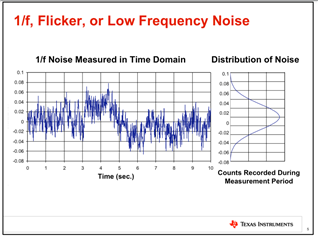I understand that white noise is not always Gaussian. In general, is the Vpp/Vrms noise stated in operational amplifier data sheets Gaussian/has a mean of 0? Any exemptions to be aware of while selecting an operational amplifier?
Guess for interpreting the Vpp values: x V of noise is a Gaussian curve with values ranging from +x/2 V to -x/2 V. A 10 V of Vpp noise means that the noise is a Gaussian curve with a +5 V max value on one side of the Gaussian curve and the -5V on the other side. Can it be more than x/2 on either the positive or the negative side? The Vpp values that are given in sheets are within how many sigmas of the distribution?


